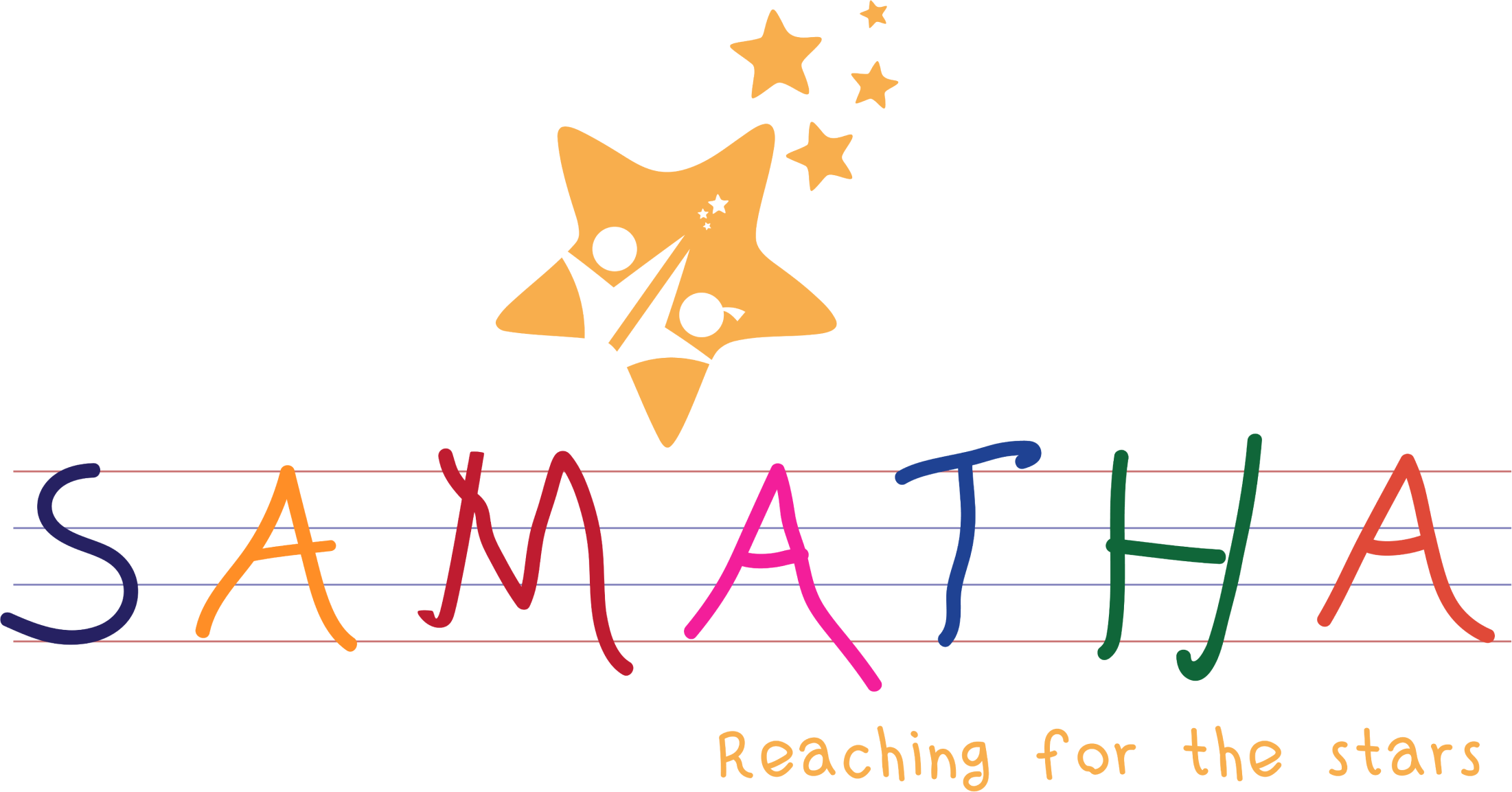Our Early Education System is very excited about the Phonic way of teaching reading and writing. It is believed to be the way to fast track reading ….something every parent aspires for their child. And in this excitement, the age-old traditional method of whole-word approach is being shunned.
Let’s first understand that neither systems are completely good or bad! Its a combination of both that will benefit the education system as a whole. One needs to understand why to embrace the idea.
The phonic system is auditory heavy. It is a skill that needs to be built. The skill being, to be able to distinguish between minute letter sounds. The system starts with training the young child to distinguish between different sounds.
The whole word approach is very dependent on strong visual memory skills. To remember the patterns in words that have a sound. For example, all words with ‘at’ will have the same sound with just the different letter being the different sound. example: bat, mat, hat, rat.
The biggest problem with a phonic problem is that a child who has not developed his auditory discrimination skills will struggle. He is too young at the age of 3 or 4 to tell his teacher he cannot distinguish between ‘i’ and ‘e’ or ‘b’ and ‘p’ or ‘d’ and ‘t’.
Then some children have auditory processing disorder. This is not a visible struggle but one that the individual experiences and not one others can see. It is essential for the child to get intervention because all that is evident to everyone is that he cannot read or write.
Early intervention will save the child from struggling emotionally for no fault of his!
About Auditory Processing Disorder:
https://www.additudemag.com/what-is-auditory-processing-disorder/?src=test
Do everyday instructions, requests, and questions seem to bounce off your child? Like he’s living in a bubble that is impenetrable by oral directions? If your child responds most of the time with a blank stare or “Wait, what?” then you know what we’re talking about.
Or perhaps you’ve noticed this yourself — that the world feels “garbled,” like you’re listening to a cell phone call with the signal cutting in and out?
These are signs of auditory processing disorder (APD), a learning disability that impacts the brain’s ability to filter and interpret sounds. People with APD have a hard time receiving, organizing, and using auditory information. They’re able to hear, but fall short at listening. While APD isn’t as well known as some other learning disabilities, it is estimated that 7 percent of children have some type of auditory processing difficulty.
APD is a diagnosis that encapsulates three areas of disability. Lois Kam Heymann describes them this way, “The first problem occurs in the brain’s analysis of the auditory signal. The ears hear normally and send information through the auditory pathways to the central auditory nervous system, but as the signal travels, the brain has trouble discriminating between the acoustic characteristics of the sound received. It doesn’t recognize how an ‘S’ sound is different form a “B” sound, for example.
“The second problem occurs during analysis of the linguistic-phonemic auditory signal. The brain has trouble blending the sounds of the letters to understand a word, and store its meaning. The sound of C-A-T does not translate to a type of animal, for example.
“The third problem involves processing the meaning of language. This is how we associate the sound of the word cat with an image of the furry thing on the living room floor.” When one of these processes is interrupted for a person with APD, it causes a disconnect between what was said, and what was understood.
At Samatha Learning Center we support children with intervention programs to address these concerns.

